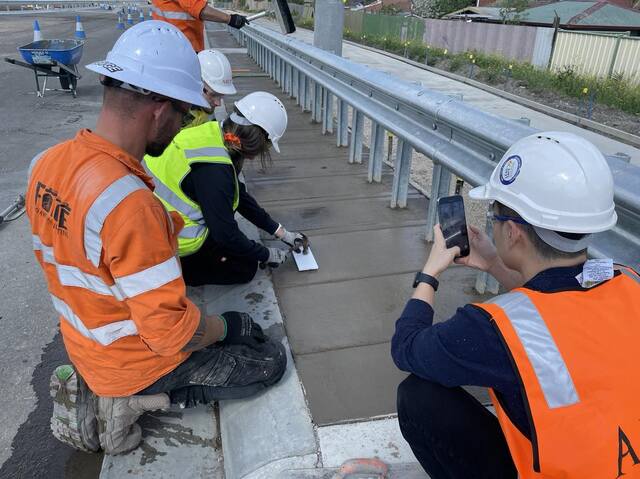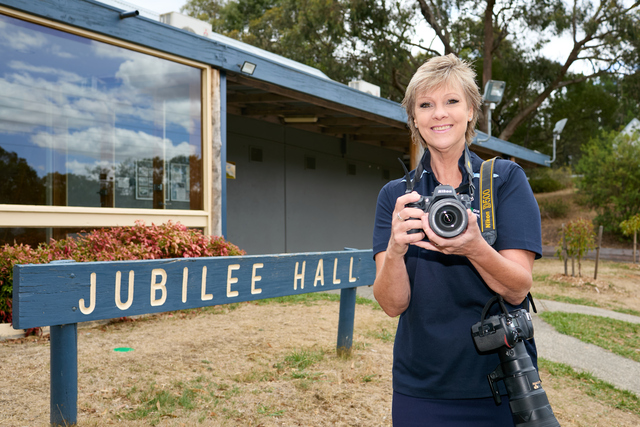A low-carbon concrete mix is being used in the Mickleham Road upgrade in an Australian first.
Major Road Projects Victoria (MRPV) is using the concrete mix which uses specially treated waste clay as a replacement for some of the cement binder in concrete.
MRPV said this had lead to a reduction in carbon dioxide (CO2) emissions.
The project team poured the first of the mix in a maintenance strip on October 3, marking an Australian-first for transport infrastructure projects.
MRPV, University of Melbourne and companies Arup and Hanson Australia developed the mix in a joint project that successfully replaced concrete’s cement binder with up to 30 per cent calcined clay.
A core material in construction, concrete traditionally comprises cement, sand, gravel and water. However, cement is a major contributor to global carbon emissions, responsible for about eight per cent of total CO2 emissions worldwide.
Cement production requires significant energy, and the chemical processes involved in manufacturing releases large amounts of CO2, making it one of the most carbon-intensive materials used in construction.
To address this, MRPV and its partners, including the Department of Transport and Planning, explored the incorporation of calcined clays in concrete as an alternative to traditional cement.
Calcined clays are produced by heating certain types of clay to high temperatures, altering their chemical structure so they can partially replace cement in concrete.
The production of calcined clay for the Mickleham Road upgrade resulted in approximately 50 per cent fewer CO2 emissions than cement, offering a more-sustainable option for the construction industry, according to MRPV.
MRPV engineering and innovation director Dr Scott Taylor said he was thrilled the Mickleham Road upgrade was the first transport infrastructure project in Australia to use the new low-carbon concrete.
“The project’s use of the new mix demonstrates our commitment to helping decarbonise the construction industry while supporting local industry, sustainability and the circular economy,” he said.
Improvements to the calcined clay manufacturing process as well as further enhancements of the concrete mix design could see this carbon footprint drop even further, MRPV said.
Extensive testing of the concrete mix was completed to ensure it met industry standards related to compressive strength, workability and durability for large-scale infrastructure projects.
The clays used in the mix were heated to 650°C in a full-scale rotary kiln.







